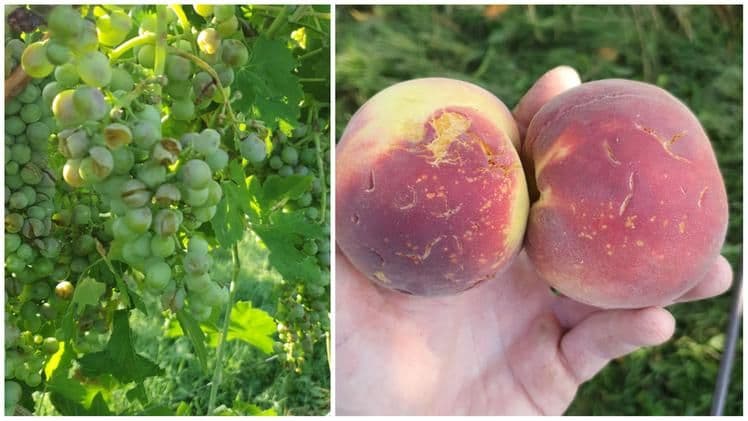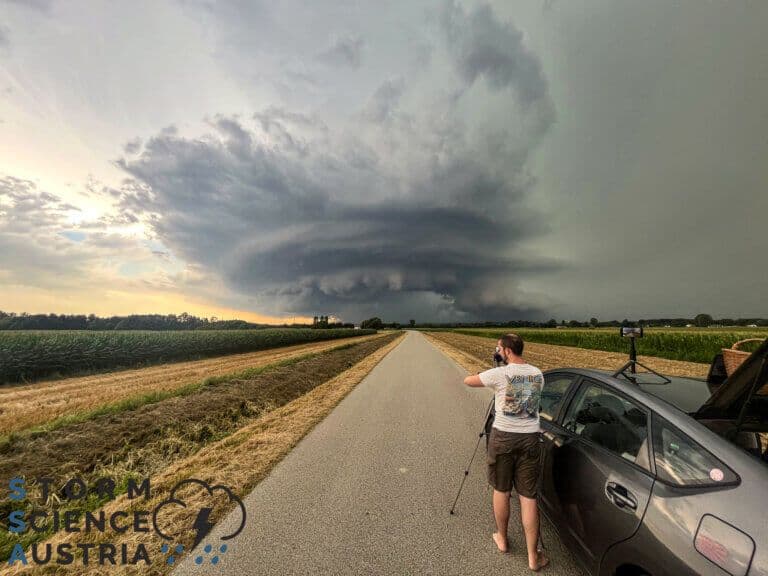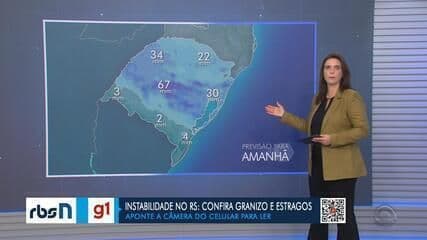Verona's Unseasonal Fury: Unpacking the Supercell's Scar and Climate's Shadow
Verona reels from an intense supercell. Unpack the climate crisis's direct impact on historic cities and crucial agriculture, spotlighting the urgent need for resilience.
The Sky's Sudden Rage: Verona's Day Under the Supercell
On the afternoon of July 23, 2025, was abruptly plunged into a maelstrom of unseasonal fury. A powerful supercell storm descended upon the city, transforming a typical summer day into a scene of meteorological chaos. Residents reported an immediate darkening of the sky, pierced by frequent lightning, signaling the swift arrival of the tempest. This wasn't just a heavy shower; the supercell unleashed violent wind gusts, reaching speeds of up to 100 km/h in some areas, accompanied by intense rainfall. What truly distinguished this event, however, was the relentless hailstorm, with individual ice pellets measuring between 2 and 3 centimeters. The sheer suddenness and ferocity of the storm left many citizens caught off guard, their social media channels quickly filling with urgent warnings and bewildered observations of the sky's dramatic shift. It was a stark, visceral reminder of nature's formidable power, delivered without warning to the heart of a historic Italian city.
A City Scarred: Unraveling the Immediate Damage
The supercell's brief but brutal fifteen-minute assault left a tangible scar across urban landscape. The city's infrastructure bore the brunt of the storm's intensity; dozens of trees, some of considerable height, were ripped from the ground and sent crashing onto streets, causing widespread blockages and traffic chaos. Key arteries, including Via Torbido, sections of the North Ring Road, and areas like Viale Colombo and Torricelle, became impassable, forcing partial or complete closures. Beyond the immediate disruption to circulation, the storm's heavy rainfall led to significant flooding in underpasses and numerous reports of inundated cellars and basements, creating a substantial clean-up challenge. While thankfully no injuries were reported, the sheer force of the wind and hail inflicted damage on at least twenty vehicles. The scale of the immediate response was telling, with local police, civil protection units, firefighters, and even volunteer groups mobilized to clear roads and manage the aftermath, highlighting the extensive impact on daily life.

Harvests Under Threat: Agriculture's Cost in a Changing Climate
Beyond urban core, the supercell extended its destructive reach into the surrounding agricultural heartland, particularly impacting the delicate cultivation of grapes and fruit. Areas like Negrar, Arbizzano, Pedemonte, Pescantina, Arcè, Sandrà, Colà di Lazise, and San Martino Buon Albergo experienced varying degrees of hail damage, with some regions seeing significant losses. This timing couldn't have been worse, as these crops were in a critical stage of their productive cycle, making them exceptionally vulnerable to such violent weather. , director of , an agricultural insurance entity, underscored the severity, noting that while a precise quantification of damages was still underway, the implications were clear. His observation that "we are now witnessing with increasing frequency sudden and intense storms, with increasingly violent hailstorms and wind gusts" serves as a poignant reminder. This isn't merely bad luck; it's a direct consequence of a changing climate, directly jeopardizing agricultural livelihoods and the very security of food production in a region renowned for its produce.
The Broader Picture: Extreme Weather as Verona's New Reality
The supercell that ravaged wasn't an isolated meteorological caprice; it was a potent symptom of a larger, unsettling trend. As from articulated, the increasing frequency and intensity of sudden, violent storms, complete with destructive hail and powerful winds, are undeniable indicators of a shifting climate. This isn't just about localized weather events anymore; it's about a fundamental redefinition of what constitutes 'normal' weather patterns. For a region like , with its rich historical heritage and vital agricultural sector, this 'new reality' presents an existential challenge. The historical city, with its ancient infrastructure, and the surrounding fields, with their delicate crops, are increasingly exposed to climatic shifts that manifest as more extreme and unpredictable events. This supercell served as a stark warning that , like many other vulnerable regions globally, must now contend with an accelerated pace of climate change, demanding a fundamental rethink of its preparedness strategies.
Building Resilience: Pathways for Future Preparedness
recent ordeal underscores an urgent need for strategic adaptation and a re-evaluation of how historical cities and agricultural regions fortify themselves against increasingly volatile climatic shifts. For the urban environment, investing in robust stormwater management systems, proactive tree maintenance, and strengthening infrastructure against high winds are no longer optional but essential. Implementing advanced early warning systems and enhancing public awareness campaigns can provide crucial minutes for residents to seek shelter and mitigate personal risks. In the agricultural sector, the path to resilience involves diversifying crops, adopting climate-smart farming techniques, and expanding the use of protective measures like anti-hail nets. Furthermore, bolstering agricultural insurance schemes, as managed by entities like , becomes critical for financial recovery. Ultimately, this requires a cohesive, multi-faceted approach involving local government, civil protection agencies, agricultural consortia, and community engagement. future resilience hinges on recognizing that proactive adaptation is the only viable response to a climate that is rapidly reshaping our world.
Related Articles

When Diamonds Fall from the Sky: Austria's Growing Battle with Destructive Hail

When Diamonds Fall from the Sky: Austria's Growing Battle with Destructive Hail

When Sky Stones Fall: Navigating the New Era of Extreme Hail

When Sky Stones Fall: Navigating the New Era of Extreme Hail

Voronezh's Volatile Summer: Decoding the Orange Alert and Nature's Fury

Voronezh's Volatile Summer: Decoding the Orange Alert and Nature's Fury

Beneath the Orange Sky: Rio Grande do Sul's Blueprint for Future Storms
